Description
Tomato Cherry Sweetie
Tomato Cherry Sweetie. An excellent open pollinated version of the popular grape tomato “Sweet Million”. Cherry Sweetie delivers high yields of 1 to 1 ½ inch grape shaped fruits in large clusters with a super-high sugar content and firm texture. Very popular with children. Indeterminate.
Cultivation Advice
- Use well-draining soil rich in organic matter. Amend the soil with compost before planting to provide essential nutrients.
- Aim for a slightly acidic to neutral pH level (around 6.0 to 7.0).
- Start seeds indoors about 6-8 weeks before the last expected frost date. Transplant seedlings outdoors once they have grown to a manageable size and the danger of frost has passed.
- Plant in a location that receives at least 6-8 hours of sunlight daily.
- Cherry tomato plants, including Sweetie, benefit from support structures such as cages, stakes, or trellises. This helps keep the plants upright and makes harvesting easier.
- Install supports at the time of planting to avoid damaging the roots later.
- Maintain consistent soil moisture. Tomatoes prefer even watering, so avoid letting the soil dry out completely between waterings.
- Water at the base of the plant to minimize the risk of fungal diseases. Drip irrigation or soaker hoses are ideal.
- Use a balanced fertilizer at planting time and side-dress with additional fertilizer when the first fruits set.
- Avoid excessive nitrogen, as it can lead to excessive foliage growth at the expense of fruit production.
- Apply a layer of mulch around the plants to conserve moisture, suppress weeds, and regulate soil temperature.
- While cherry tomatoes generally don’t require extensive pruning, removing some of the lower leaves can improve air circulation and reduce the risk of diseases.
- Pinch off suckers that develop in the crotches between the main stem and branches.
- Monitor plants regularly for signs of diseases such as early blight or powdery mildew. Use disease-resistant varieties if possible.
- Provide good air circulation by spacing plants properly.
- Cherry Sweetie tomatoes are ready for harvest when they reach their full color and are slightly soft to the touch.
- Harvest regularly to encourage continuous fruit production. The more you harvest, the more tomatoes the plant will produce.
- Consider planting basil, marigolds, or nasturtiums nearby, as they may help deter pests that commonly affect tomatoes.
- In cooler climates, consider using row covers or other protective measures to extend the growing season.
- Aim for a consistent watering schedule. Irregular watering, especially fluctuations between dry and wet conditions, can lead to problems like blossom end rot and cracking in tomatoes.
- To prevent blossom end rot, ensure an adequate supply of calcium. This can be achieved by adding lime to the soil before planting or by using calcium-rich amendments.
- Regularly check and adjust tomato cages or other support structures as the plants grow. Ensuring proper support early on helps prevent branches from breaking under the weight of developing fruit.
- Keep an eye out for common tomato pests such as aphids, whiteflies, and hornworms. Consider using natural predators or organic insecticides if pest levels become problematic.
- If you have unripe tomatoes at the end of the growing season, you can harvest them and allow them to ripen indoors. Place them in a paper bag with a ripe banana or apple to speed up the ripening process.
- Avoid planting tomatoes in the same location year after year to reduce the risk of soil-borne diseases. Rotate your crops to different areas of the garden.
- If you plan to save seeds for future plantings, select healthy and fully ripe tomatoes for seed collection. Ferment the seeds for a few days before rinsing and drying them for storage.
- Keep a gardening journal to record observations, such as planting dates, varieties planted, and any issues encountered. This information can be valuable for planning future seasons.

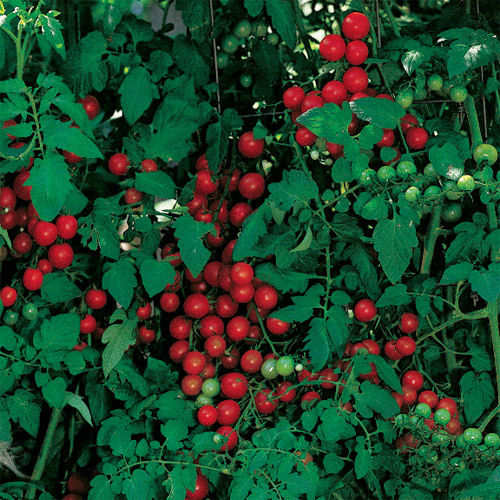
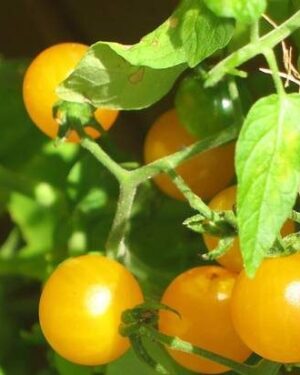
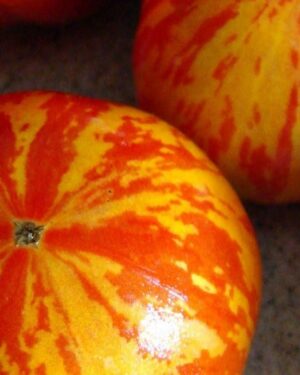


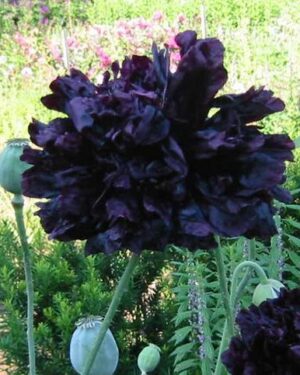
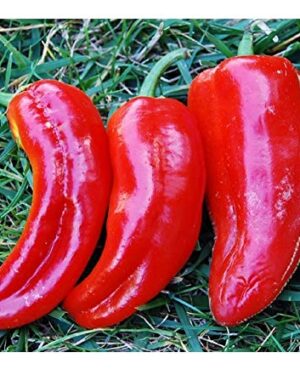
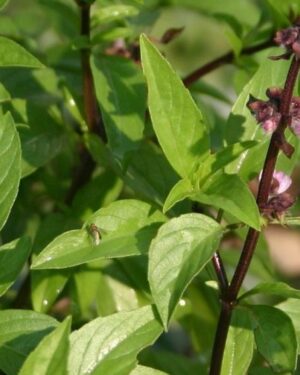
Reviews
There are no reviews yet.